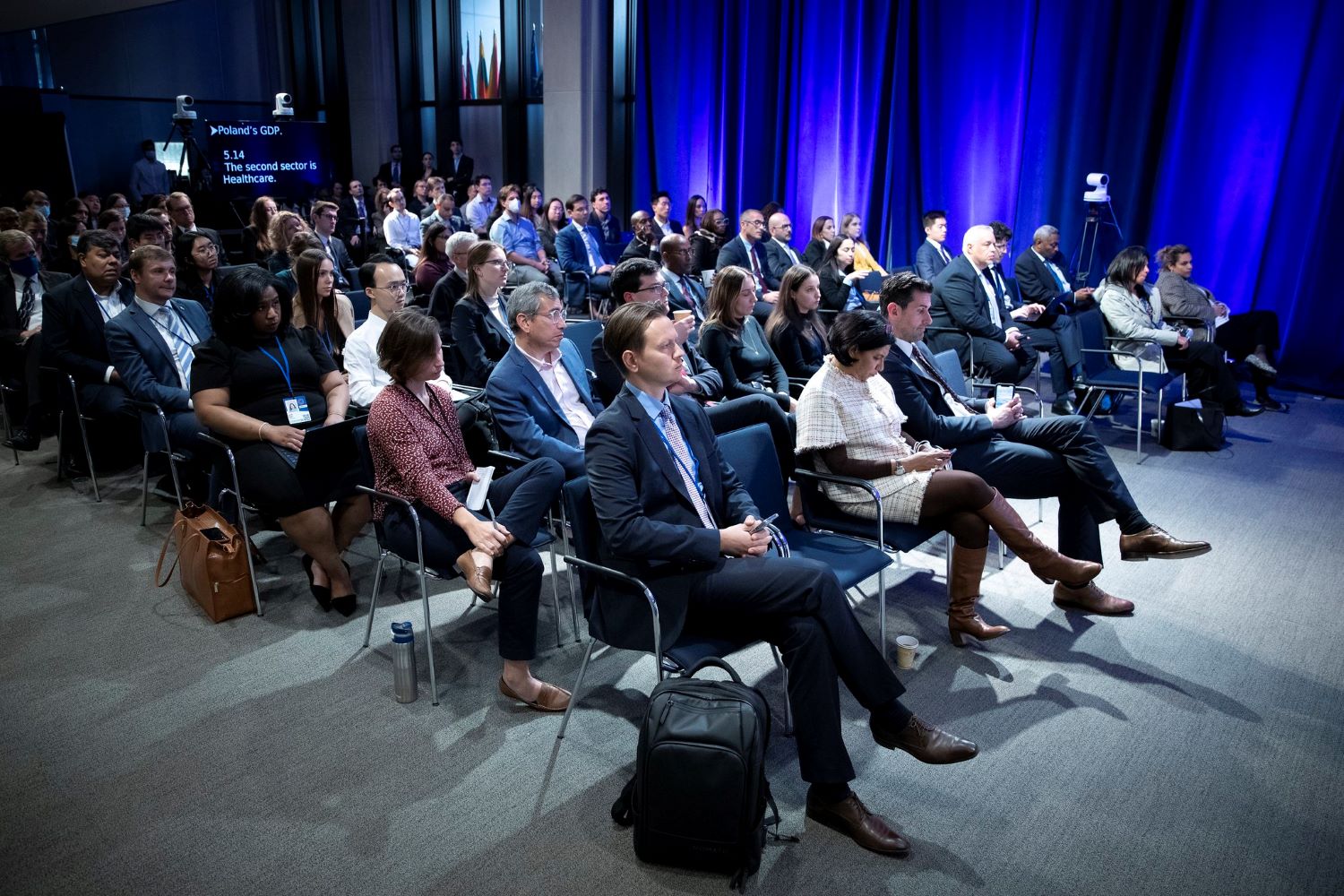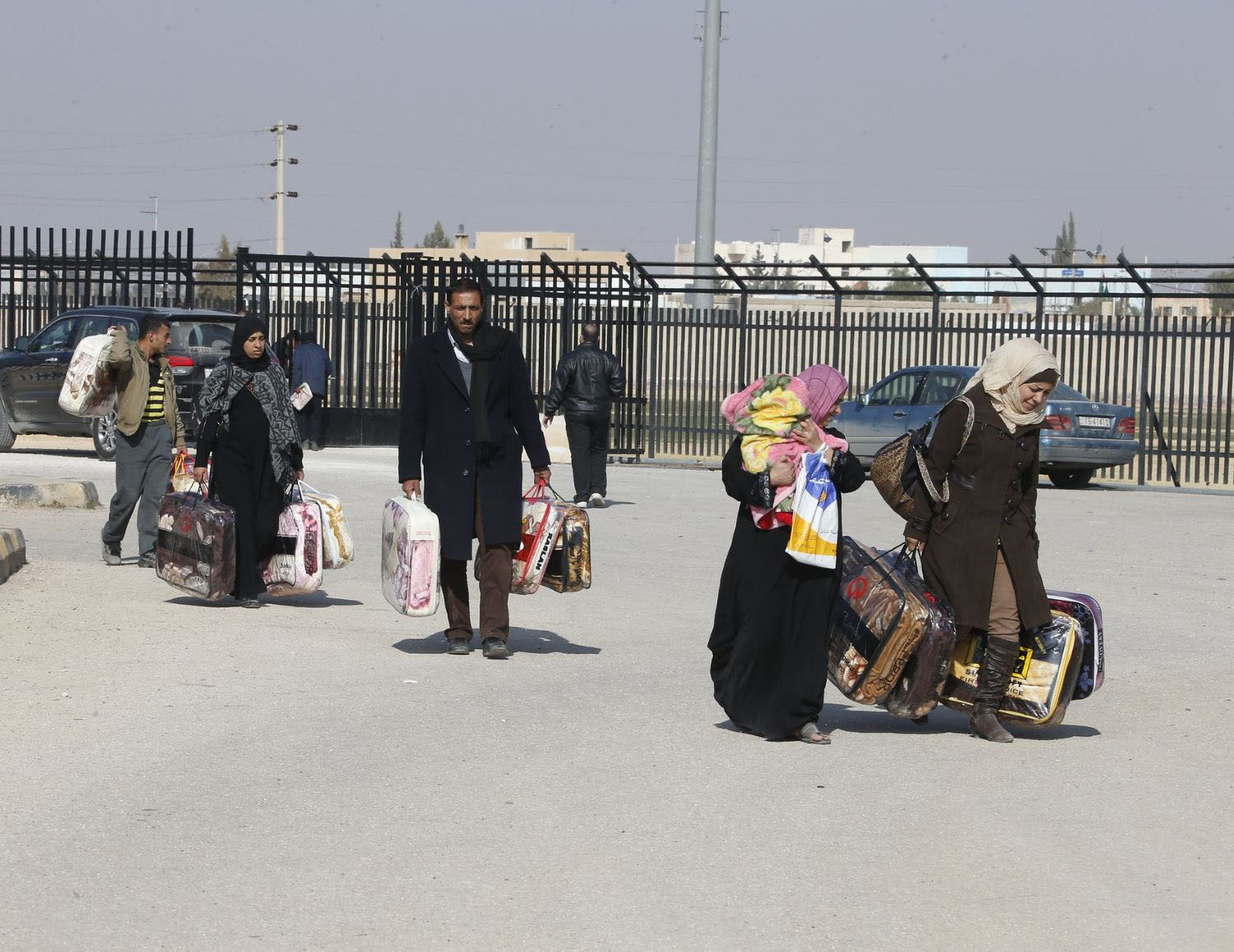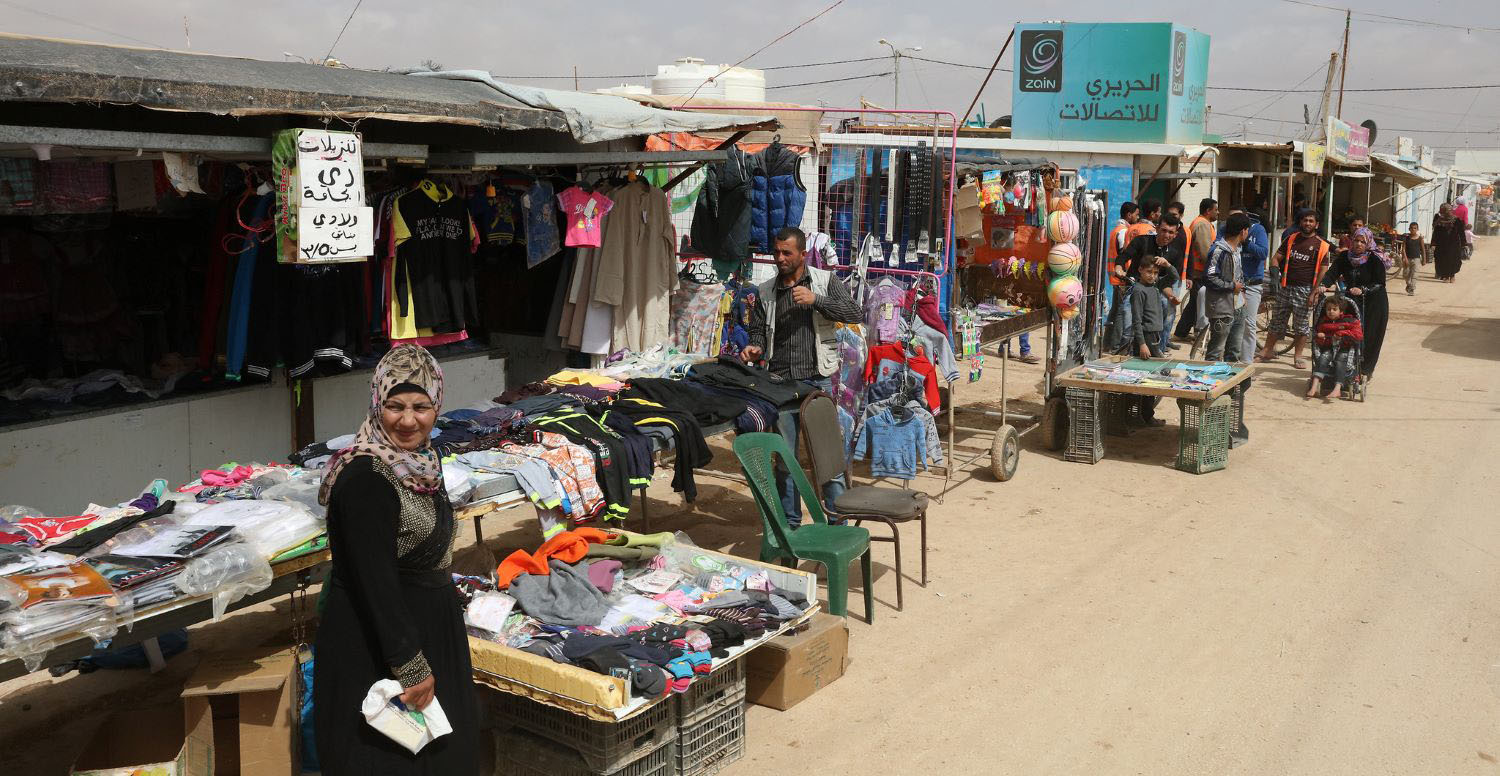Recommended
Researchers who want to influence migration policy often struggle to communicate their research and see their findings translated into action. One potential reason is that many researchers ignore the outsized role of the public. Based on a new CGD Working Paper, this blog explores four key questions in migration research communications—what, when, and how to communicate, and who to communicate to—to support researchers in this endeavour.
Translating facts into narratives
People use the term ‘evidence-based policymaking’ to signal a seemingly positive shift from ideologically driven policies to those based on rigorous research. It is arguable whether such evidence-based policymaking ever existed but, if it did, it is currently in peril. Large sections of the public feel facts and evidence should be less relevant than common sense in policymaking.
Such a dynamic affects all areas of policymaking, but perhaps migration policy most of all. Immigration, asylum, and integration policies are often far from the academic consensus. Even sympathetic policymakers are unlikely to enact evidence-based policies if most of the public disagrees.
This isn’t helped by the fact that researchers often struggle to identify evidence-based policies. There is a notorious lack of disaggregated migration data, and many existing data sources have considerable limitations. Important policy questions, such as the deterrence effect of opening new legal migration pathways, remain largely unanswered. Policymakers therefore often struggle to get the information they need.
Even when migration researchers do have the answer, they often put it out of reach. Most researchers produce incredibly long and complicated reports, which policymakers and the public are unlikely to read. They also tend to prioritize putting forward facts, rather than crafting those facts into a narrative which is more likely to resonate. Prioritizing this ‘story’, rather than facts alone, has been termed the 21st century policy communications model (figure 1).
Figure 1. Researchers should be employing a new communications model if they want to influence policy
Source: Muller (2018)
Because of the outsized role that the public plays in migration policymaking, researchers need to translate their new narrative to both the public and policymakers. But how should they do this?
Communicating to the public
Public attitudes polling has told us a lot in recent years about what people think about immigrants and immigration. A lot appears to depend on the language and frame being used. For example, most people in countries of destination feel immigrants have made the economy stronger (a national-level frame) but still feel that immigrants take jobs away from locals (a local-level frame).
Communicating to the public therefore requires understanding how people form their attitudes towards immigration. Both internal drivers (demographics, values, personality type, and approach to threats) and external drivers (media coverage, political rhetoric, and engagement with immigrants themselves) play a role. Overall, attitudes are set at a young age and are relatively stable over time. Even well-targeted communications are therefore unlikely to substantially shift someone’s attitudes.
Certainly, most people in countries of destination fall into a ‘conflicted’ middle; they can see both the positive and negative impacts of migration. Yet research has found that most communications tend to ignore this group, targeting those who are already pro- or anti-migration. This shows that many researchers (and practitioners) are ‘preaching to the choir’ instead of trying to talk to the majority of the population.
To do this, researchers should focus on what they produce and how they communicate it. Researchers should produce digestible findings, packaged into narratives which can be disseminated over long periods of sustained engagement. This narrative needs to build in emotion-based arguments, evocative language which appeals to people’s “concerns about identity, belonging, fairness, and entitlement”, and focuses on shared concerns and the contributions of immigrants.
They also need to think about the role of the information medium. Researchers need to identify how the ‘conflicted’ middle get their information (e.g., traditional and social media; trusted messengers within their communities) and go through them, rather than assuming the public will seek out researchers’ findings directly.
Communicating to policymakers
To influence policymakers, researchers need to be aware of the four key dynamics that separate how they work and how policymakers work, and take steps to meet in the middle:
-
When researchers produce conclusions, they are often nuanced and call for further research. Yet policymakers want the best option simplistically presented to them. Researchers should therefore attempt to craft the simplest narrative possible within the constraints of their research.
-
Researchers often fail to address the multi-disciplinary nature of migration. The heart of the issue is often not migration, but a lack of investment in the labour market and public services, which policymakers must address. Any findings must therefore recognize this, and pose findings that cut across disciplines.
-
Researchers work on very different timescales than policymakers. Conclusions often come too early or too late to influence the policymaking process. Working closely with policymakers to identify decision points within this process and when best to engage is therefore crucial.
-
Researchers often present policymakers with findings at the end of a project, at which point it is too late to incorporate concerns, rather than engaging policymakers throughout the research process. At best, parties would co-create research questions. At least, researchers should develop a stakeholder map at the start of the research process, informing them of the analysis and keeping them abreast of developments.
The final point to consider is that of salience. Migration is of strong importance to both policymakers and the public, but its relative importance (or ‘salience’) waxes and wanes as other issues take priority. When migration is of high salience, policymakers will be under pressure to enact policies that address the ‘crisis’. It’s unlikely policymakers will have time to work with researchers to craft evidence-based policies. Of course, if migration is of low salience, it’s unlikely there will be any political will or interest in making changes.
Researchers seeking to influence migration policy will therefore need to employ different tactics depending on the salience of immigration at the time. If salience is low, direct engagement with policymakers to shift policies may be possible. If salience is high, more direct engagement with the public may be necessary as policymakers are more likely to respond to majority demands.
Disclaimer
CGD blog posts reflect the views of the authors, drawing on prior research and experience in their areas of expertise. CGD is a nonpartisan, independent organization and does not take institutional positions.
Image credit for social media/web: Dmitry Vereshchagin / Adobe Stock









